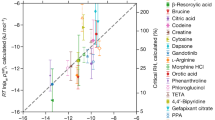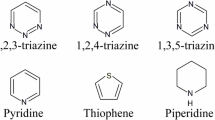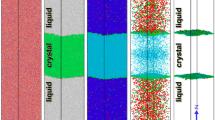Abstract
STRENGTH OF SOLIDS: GENERAL
WHILE the specific heat, melting point and many other physical constants of a crystal are definite for any defined chemical composition, the mechanical strength may vary widely from specimen to specimen and depends markedly upon previous history. The existence of structure–sensitive properties in crystals shows that actual crystals cannot consist of atoms or molecules arranged in the perfect pattern contemplated by the mathematician nor can they be structures in thermodynamic equilibrium. If crystals were perfect they would all have the same properties if of the same material; similarly, if they were in thermodynamic equilibrium, they would eventually, from whatever arrangement they started, reach a final arrangement corresponding to the least free energy, and this arrangement, and consequently the mechanical properties, would always be the same. All crystals as usually dealt with must, then, be imperfect, although the possibility of preparing a perfect crystal must not be definitely excluded.
This is a preview of subscription content, access via your institution
Access options
Subscribe to this journal
Receive 51 print issues and online access
$199.00 per year
only $3.90 per issue
Buy this article
- Purchase on SpringerLink
- Instant access to full article PDF
Prices may be subject to local taxes which are calculated during checkout
Similar content being viewed by others
References
Z. Phys., 41, 907 (1927).
Phil. Trans. Roy. Soc., A, 221 163 (1921).
Proc. Roy. Soc., A, 159, 346 (1937).
Phil. Trans. Roy. Soc., A, 235 (1935).
Unpublished.
Z. Phys., 82, 235 (1933).
See, for example, C. F. Elam, "Distortion of Metal Crystals", Oxford, 1935.
Proc. Roy. Soc., A, 145, 362 (1934).
Phys. Z., 26, 919 (1925).
Proc. Phys. Soc., 49, 152 (1937).
Z. Phys., 62, 473 (1930).
Z. Phys., 83, 55 (1933).
Proc. Roy. Soc., A, 175, 290 (1940).
Proc. Roy. Soc., A, 175, 100 (1940).
Rights and permissions
About this article
Cite this article
ANDRADE, E. THE MECHANICAL PROPERTIES OF SOLIDS. Nature 148, 520–525 (1941). https://doi.org/10.1038/148520a0
Published:
Issue date:
DOI: https://doi.org/10.1038/148520a0



